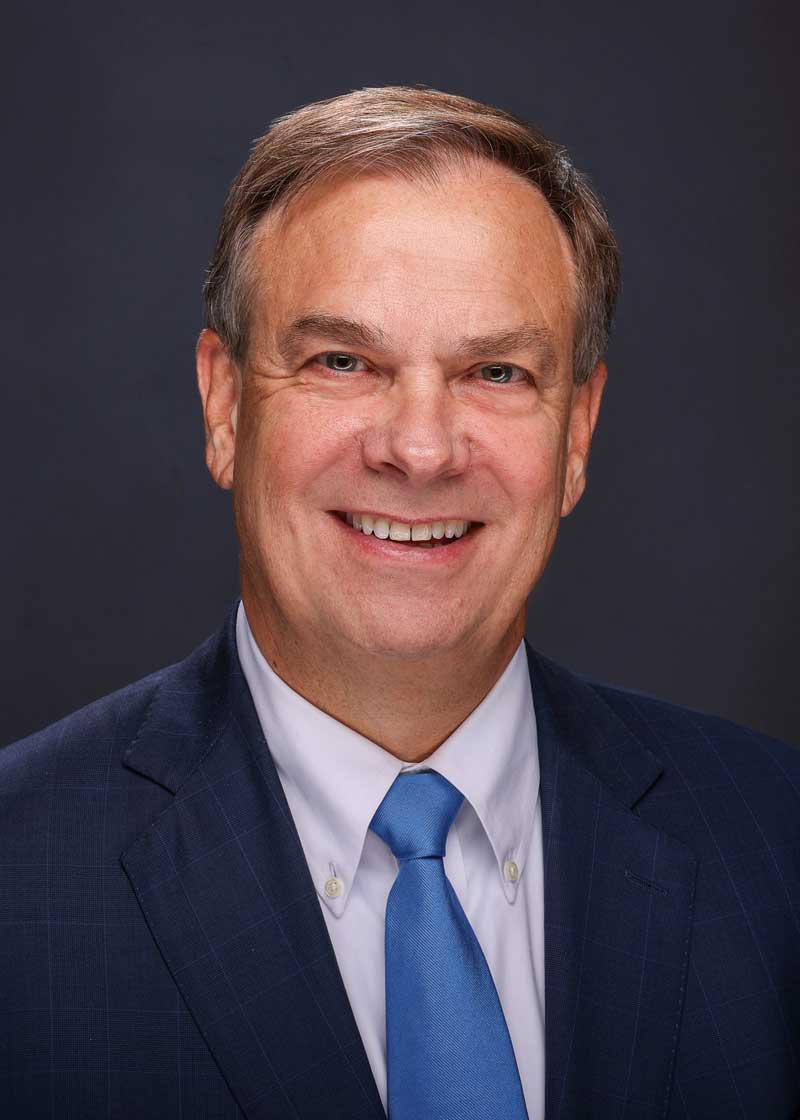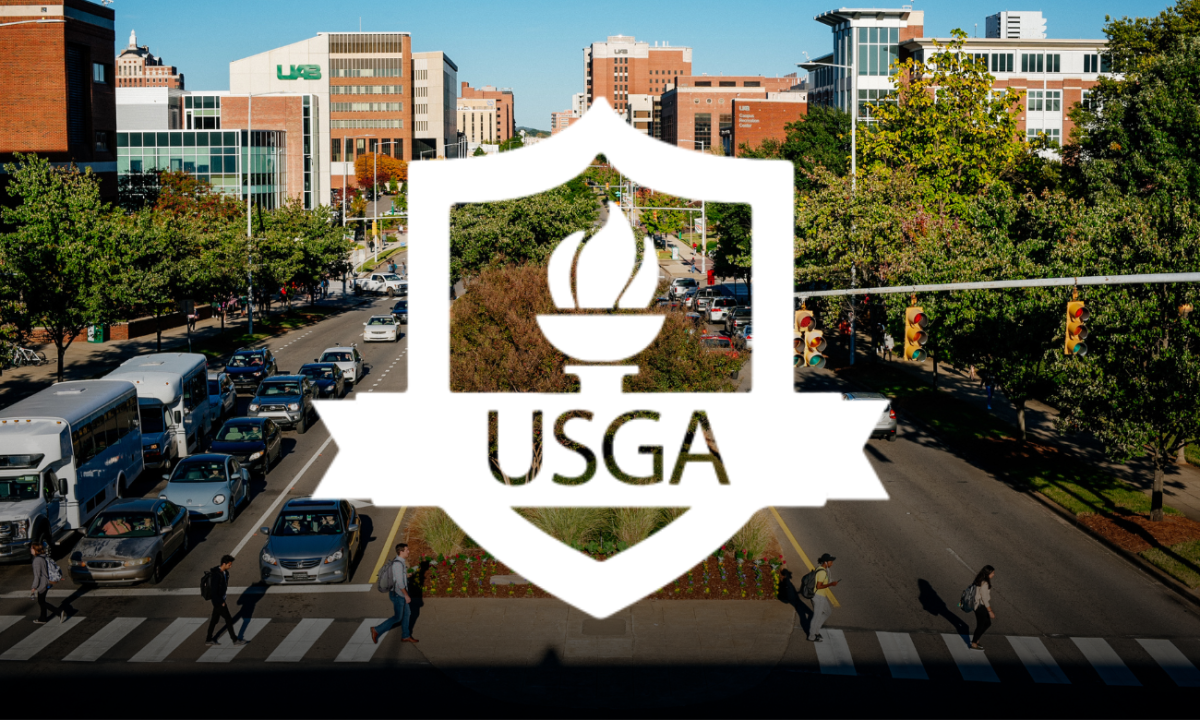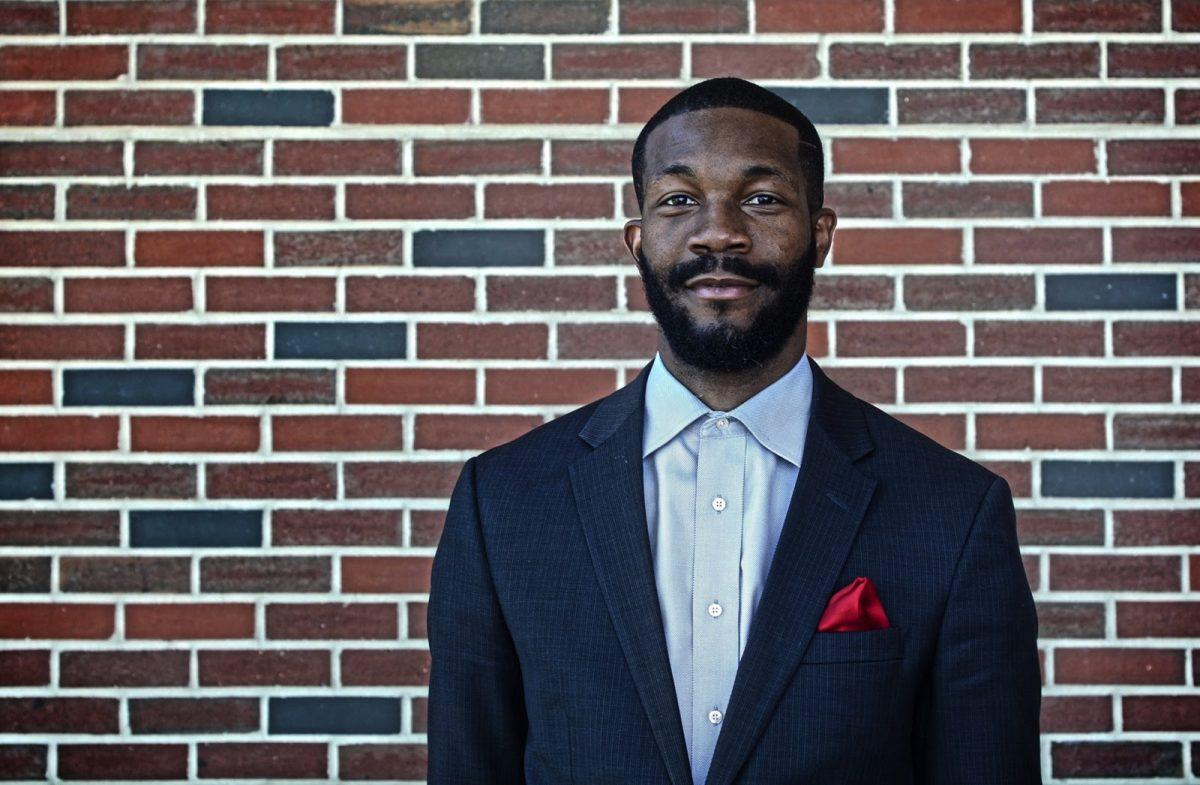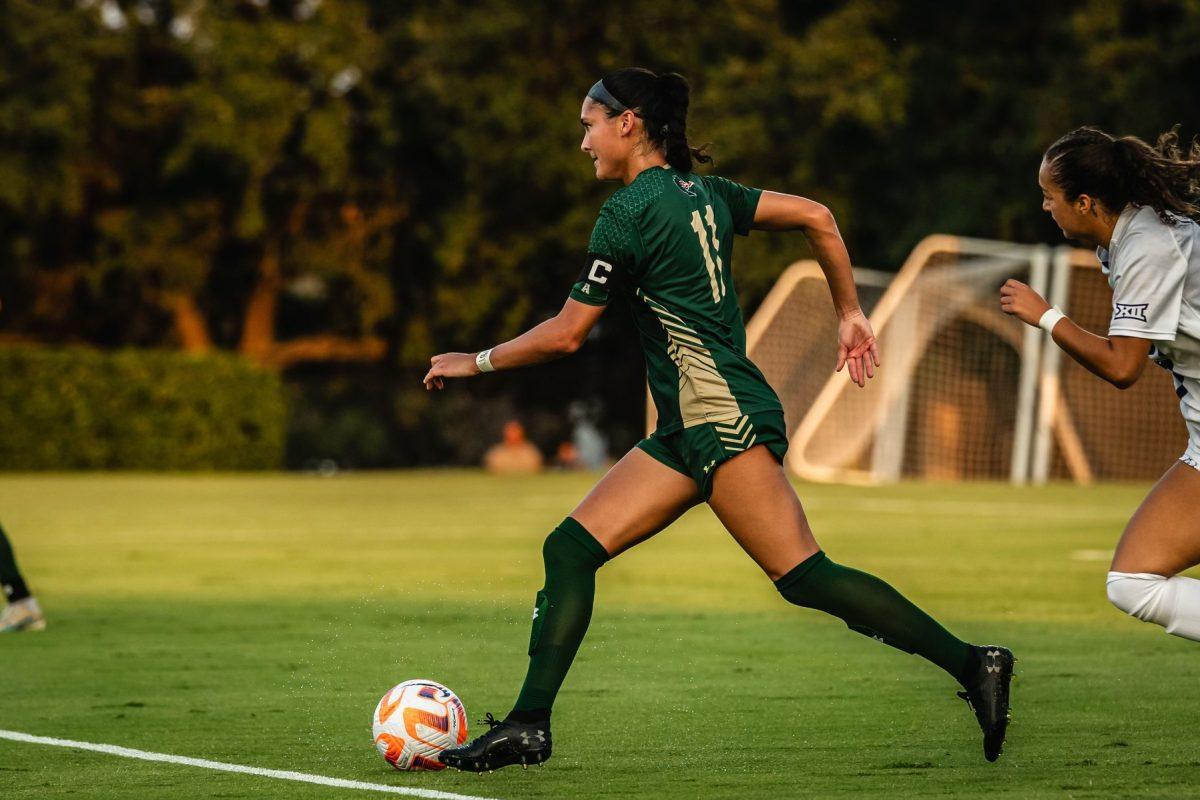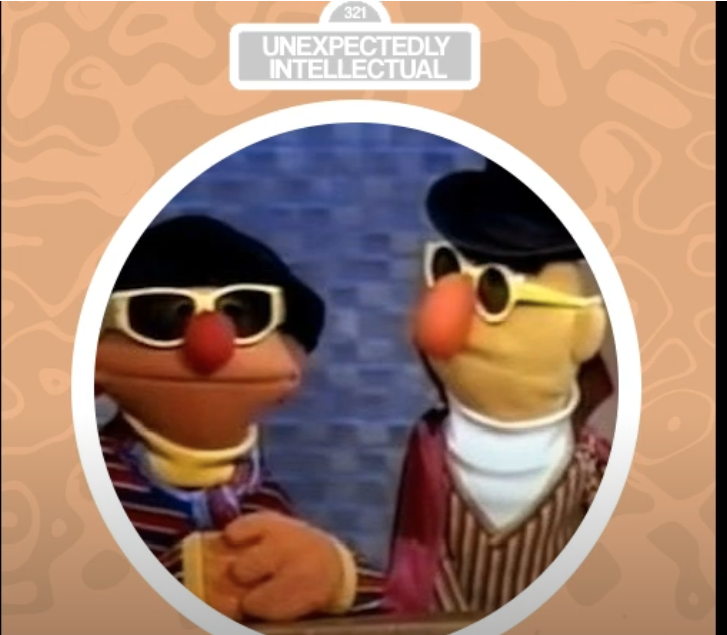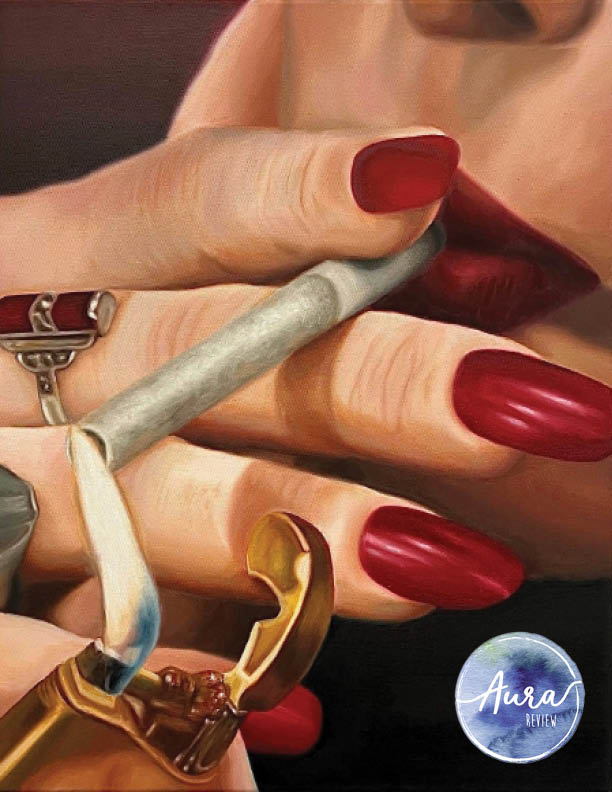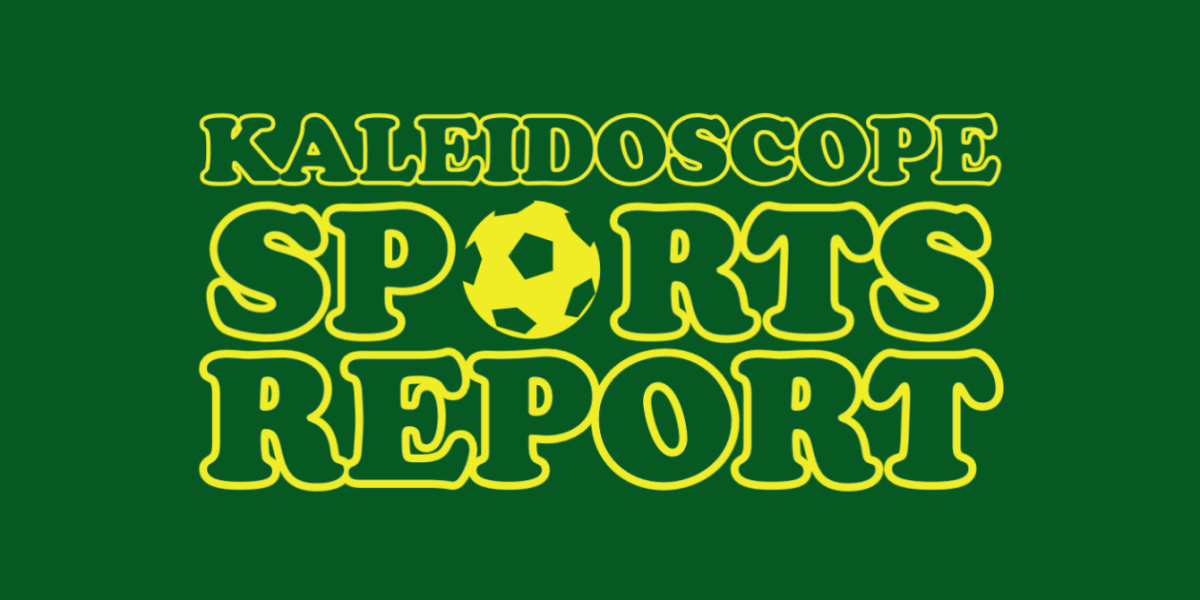With a look through the history of the city of Birmingham, one would find stories of UAB, Sloss Furnace and the Birmingham Black Barons.
In 2015, the city of Birmingham, in collaboration with several sponsors, brought the Negro Southern League Museum (NSLM) to the heart of the city. Since then, the NSLM has been working to preserve the legacies of the great Black Barons, including Hall of Famers Willie Mays and Lorenzo “Piper” Davis.
The Black Barons dominated the Negro Southern Baseball League during the early part of the last century and were known for their confrontation of racial and social barriers in the sport.
Since its inception, the NSLM has strived to tell the stories of the Black Barons, the Negro Southern League and African American baseball players from the early 20th century.
The Negro Southern League Museum says its mission is to “present the history of African-American baseball in an unsurpassed manner by maintaining a world-class facility that recognizes the League’s impact on Birmingham, Alabama and the world of professional baseball.”
While the museum highlights the stories of Black baseball players from around the country, it prides itself on telling the story of Birmingham’s forgotten team.
Dr. Layton Revel, founder and executive director of the Center for Negro League Baseball Research and story line writer for the NSLM, says Birmingham should be more appreciative of the Black Barons.
“People should be very proud of the Birmingham Black Barons because they’re part of baseball history. More former Negro League Players came out of Birmingham than any other area in the country,” said Revel.
Revel believes Black baseball in the state of Alabama was made possible by the dedication and excellence of the Black Barons. Without them, he says, the Negro Southern League Museum may never have been possible.
“The foundation of Black baseball in Alabama is the Birmingham Black Barons. The foundation of Black baseball in the south — Birmingham was an integral part of it as well,” said Revel.
While the Black Barons and the rest of the League worked to entertain the masses, their biggest aspiration was to send players to the major leagues, both for financial and social benefits.
Players like Jackie Robinson, who became the first Black baseball player in the MLB and built a Hall-of-Fame career with the Brooklyn Dodgers, represented the Negro Leagues on the biggest stages in the sport and provide the opportunity to build museums like the NSLM.
Larry Powell, communications professor at UAB and researcher of Black baseball, echoes praises of the impact of the Black Barons as well.
In his book “Black Barons of Birmingham: The South’s Greatest Negro League Team and Its Players,” Powell writes, “The [Black Barons] stood as an example of a successful black enterprise and brought real and psychological rewards to the players and a sense of pride to the black community of Birmingham.”
Like the Black Barons, the creation of the NSLM was never about bringing financial success to the city of Birmingham. Instead, the NSLM says it represents a larger goal of telling the stories of Black baseball players and remembering their impact on the city and the game of baseball.
For the founders of the NSLM, there was never a doubt about in which city the museum would reside.
“If I had to choose any city in the United States to put the museum — which, I had that opportunity — Birmingham [would be] my number-one choice … because there are still more Negro League ball players in Birmingham than any other city in the country,” said Revel when asked why he chose Birmingham.
The collaboration between the city of Birmingham and scholars like Dr. Revel allows the story of the Black Barons to live on for generations and continue to impact the Birmingham community.
Even though many of the Black Barons and members of the Negro Southern League have passed away, their legacies are carried on because of the work of Revel and the staff at the NSLM.
The NSLM is located at 120 16th Street S in Birmingham. Admission is always free, but donations are welcome. The museum is open from 10 a.m. to 4 p.m., Tuesday through Saturday.


